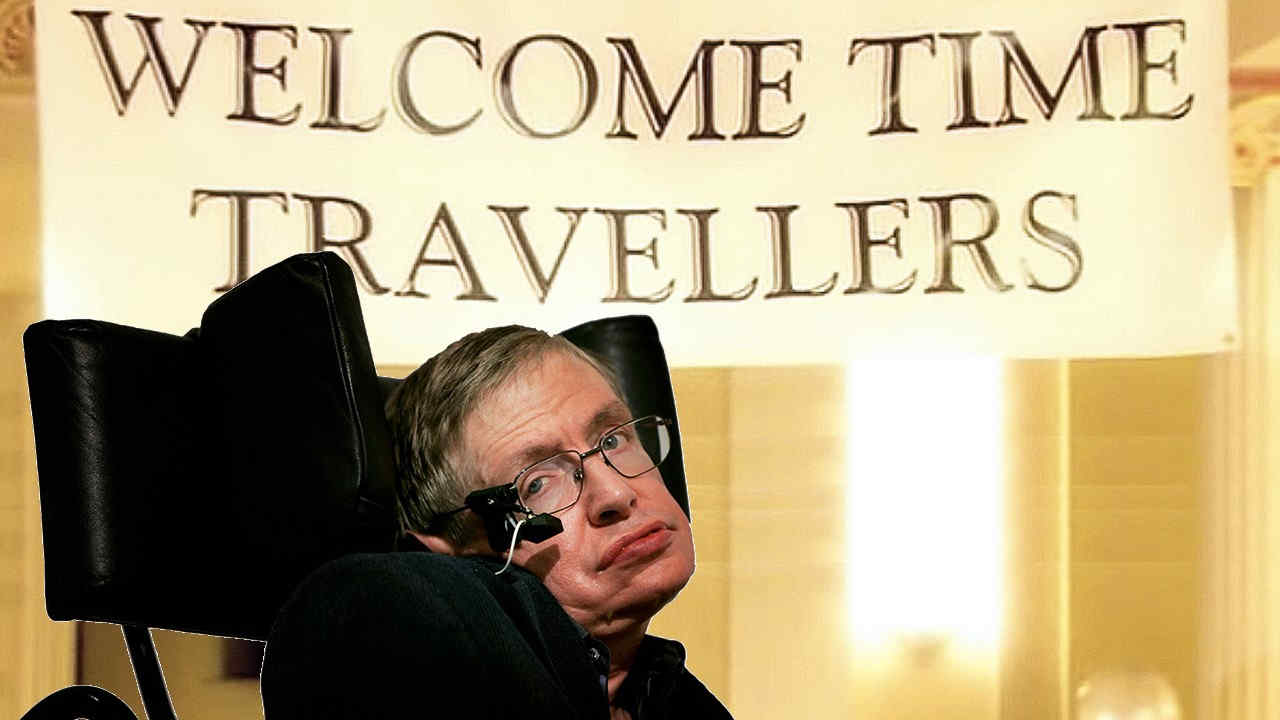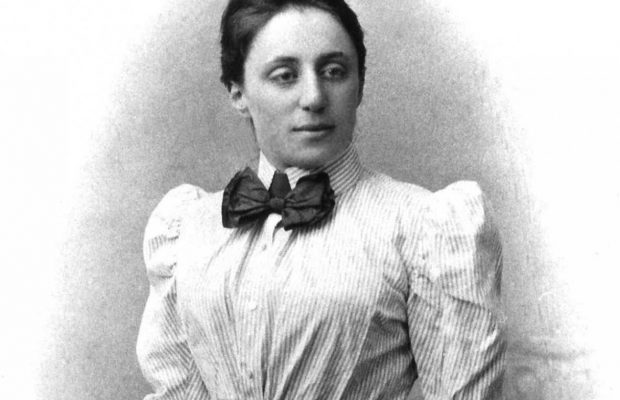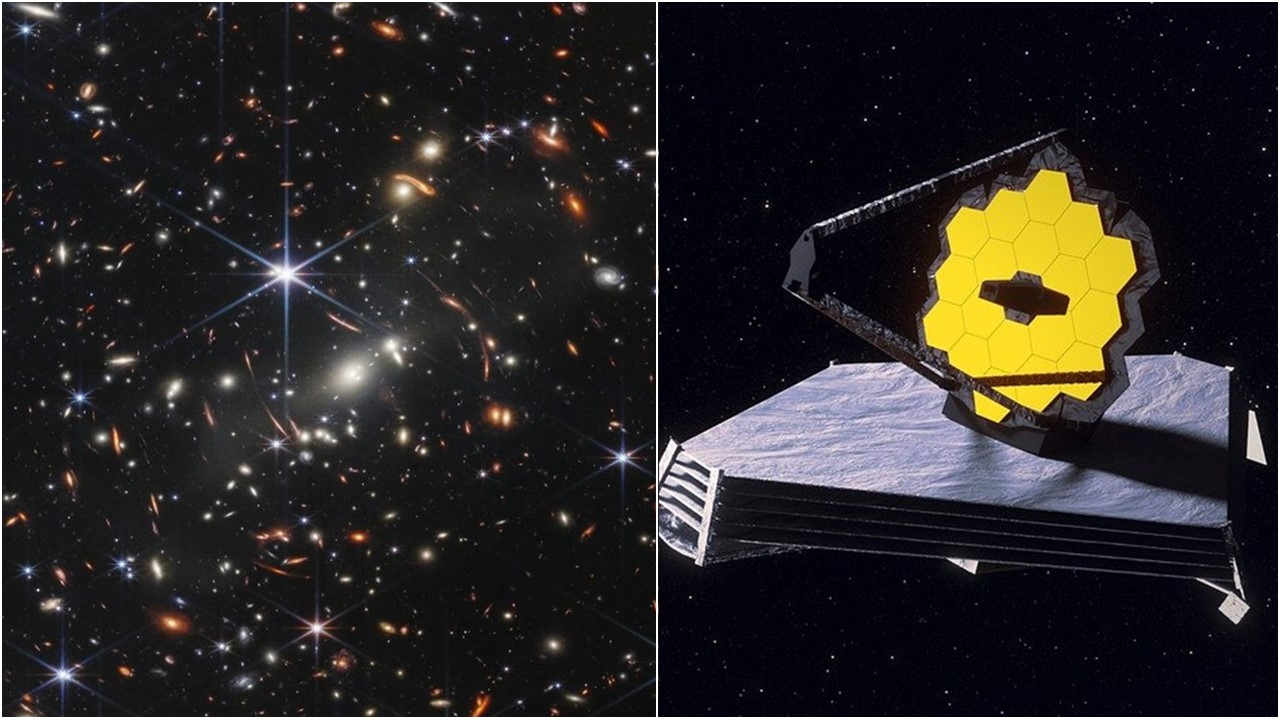
Feynman was more famous as a beloved teacher whose lectures helped a many graduate and undergraduate students discover their love for physics.
Feynman replied candidly: Agnostic for me would be trying to weasel out and sound a little nicer than I am about this. I call myself an atheist.
We do not know what the rules are of the game. But if we watch long enough, we may eventually catch on to a few of the rules. The rules are what we mean by fundamental physics.
...so that God can watch human beings struggle for good and evil — which is the view that religion has. The stage is too big for the drama.
"The remark which I (Feynman) read somewhere, that science is all right as long as it doesn't attack religion. As long as it doesn't attack religion it need not be paid attention to and nobody has to learn anything. So it can be cut off from society except for its applications, and thus be isolated."
But you need God for the other mysteries, the question of life and death, for instance. God is associated with those things that you do not yet understand. Therefore I (Feynman) don't think that the laws can be considered to be like God because they have been figured out.
Feynman says: Fall in love with some activity, and do it! Nobody ever figures out what life is all about and it doesn't matter. Explore the world. Nearly everything is really interesting if you go into it deeply enough.
But I don't feel frightened by not knowing things, by being lost in the mysterious universe without having any purpose — which is the way it really is, as far as I can tell. Possibly. It doesn't frighten me. Thus, Richard Feynman was a lifelong atheist.
















 Physics, astronomy and science history blog for students
Physics, astronomy and science history blog for students